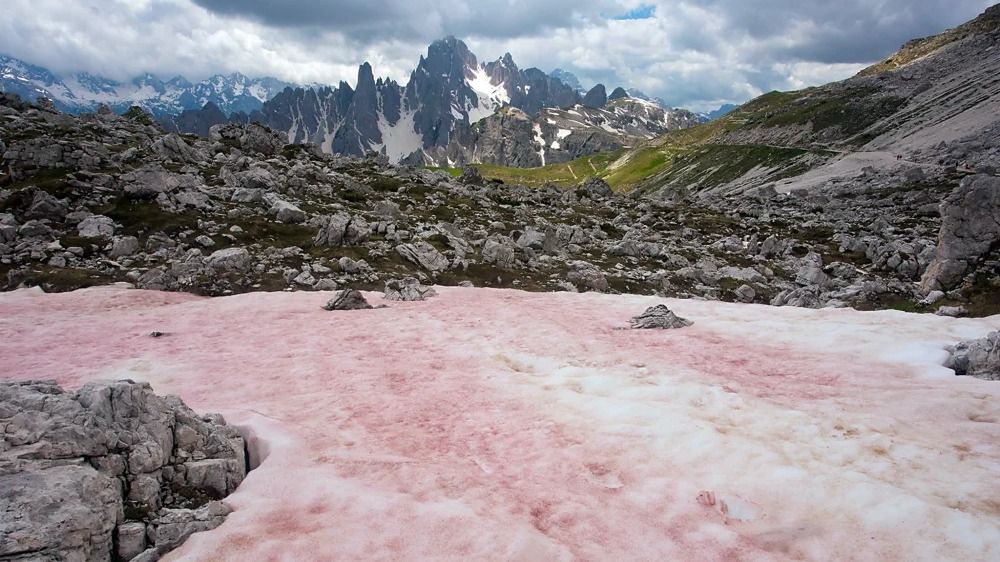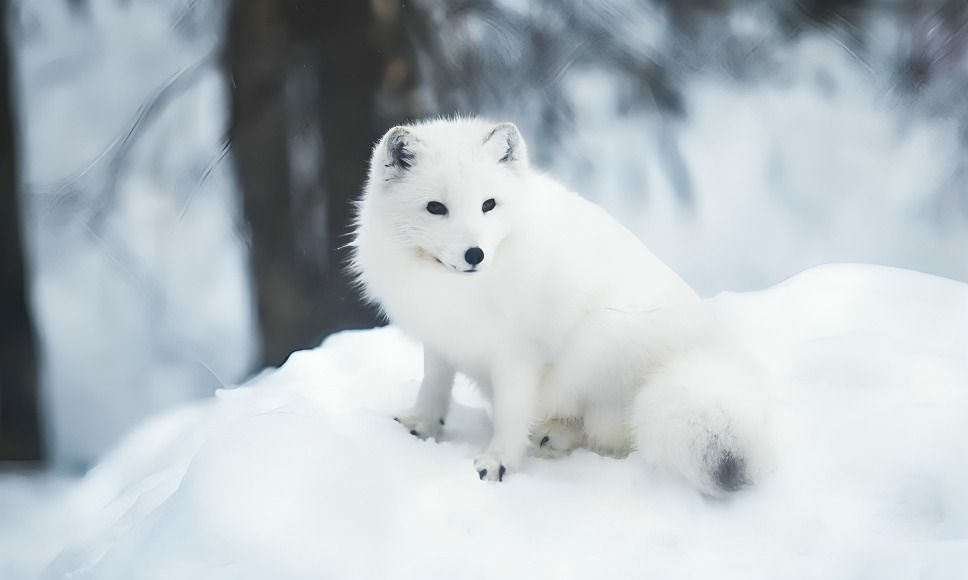
“
Winter is a magical season filled with wonder and beauty. From sparkling snowflakes to cozy nights by the fire, there are so many aspects that make this time of year special. In this blog, we’ll explore 20 Splendid Facts About Winter that will deepen your appreciation for the season. Whether you love the frosty air, the festive celebrations, or the stunning landscapes, these splendid facts about winter will remind you of its charm and allure. So grab a warm drink and let’s dive into these captivating insights about winter!1
1
”
Winter, the coldest and darkest stretch of the year, blankets polar and temperate regions in icy stillness. It follows autumn and precedes spring, unfolding as Earth's tilt casts a hemisphere away from the Sun. Cultures diversely mark their start.1
Outside the tropics and poles, temperatures cycle between highs and lows due to the Sun's changing angle and daylight duration. Earth's tilted axis means that the Northern Hemisphere basks in warmer, longer days when the North Pole leans toward the Sun. 2
Around 17 million tons of salt are spread annually on U.S. roads to combat icy conditions. This massive amount of salt helps reduce accidents, making roads safer during winter storms and heavy snowfall. 3
In Japan, snow festivals attract tourists with massive snow sculptures. The Sapporo Snow Festival, one of the largest, features intricate ice creations and stunning light displays, transforming the snowy landscape into a magical winter wonderland. 4

In winter, certain bacteria in snow can cause it to appear pink or red. Known as "watermelon snow," this phenomenon is caused by algae that produce a reddish pigment to protect themselves from the sun, often found in high alpine regions.
Penguins rely on winter conditions to breed. The Emperor penguin, the largest species, nests during the Antarctic winter. These birds huddle together to keep warm, showcasing nature's incredible adaptation to freezing environments. 5
The winter solstice, the shortest day of the year, occurs between December 20 and 23. It marks the astronomical beginning of winter, with some cultures celebrating it with festivals, fires, and rituals symbolizing the return of longer days. 6
Cold air can affect your sense of taste. In winter, the nasal passages are more likely to dry out, and the decreased moisture can make it harder to detect subtle flavors, which is why food may taste blander in cold conditions. 7
Winter is when nature takes a restful pause, but it's not asleep! Frost helps plants gear up for spring's bloom. Some, like the Blue Spruce and Wintergreen Boxwood, thrive in the cold, adding vibrant beauty to winter's serene landscape. 8
Alaska is home to the world's coldest marathon, the Susitna 100. Participants race through icy terrain, braving temperatures well below freezing, testing physical and mental endurance in one of the harshest winter environments. 9
Lake Baikal in Russia freezes over during winter with thick ice so trucks can drive across it. This ancient lake, the world's deepest, showcases the power of winter to transform even the largest bodies of water into frozen roads. 10
Winter is tough for animals, with biting cold and scarce food. Some migrate to warmer climates, while others grow thicker fur or hibernate. Birds may fly south or adapt with warmer feathers and slower metabolisms—feeding them is crucial! 11
Snow isn't just for Earth; Mars also has snow! However, Martian snow is made of carbon dioxide (dry ice) and sublimates directly from a solid to gas, never forming the fluffy snowflakes we're familiar with on Earth. 12
Polar bears depend on Arctic winters for hunting. During the cold months, they rely on sea ice to hunt seals. As climate change shortens winters and melts ice, polar bears face increasing challenges in finding food. 13
Antarctica experiences the coldest winters on Earth, with temperatures dropping as low as -128.6°F (-89.2°C). The icy continent is also one of the driest, technically a desert, receiving only 2 inches of precipitation annually. 14
The Earth's 23.44° tilt makes seasons by altering how sunlight hits different latitudes. In winter, the Sun's low angle means less warmth and longer atmospheric travel for light, making some places, like Winnipeg, shiver with deep freezes. 15

Some animals, like the Arctic fox, change color in winter. Their fur turns white to blend into the snowy environment, offering camouflage and protection against predators. It's a remarkable example of nature's adaptability during winter.
Winter thunderstorms, known as "thundersnow," occur when snow falls during a thunderstorm. These rare events combine the drama of lightning and thunder with heavy snowfall, creating a powerful and surreal winter experience.16
Black ice, a thin, transparent layer on roads and sidewalks, is one of the most dangerous winter conditions. Because it's nearly invisible, drivers and pedestrians often don't notice it until too late, leading to accidents.17
As winter arrives, it's the ideal season for thrilling snow sports like snowboarding and ice skating or cozying up at home with hot drinks, family, and movies. Embrace the chill and make the most of every frosty moment!18


